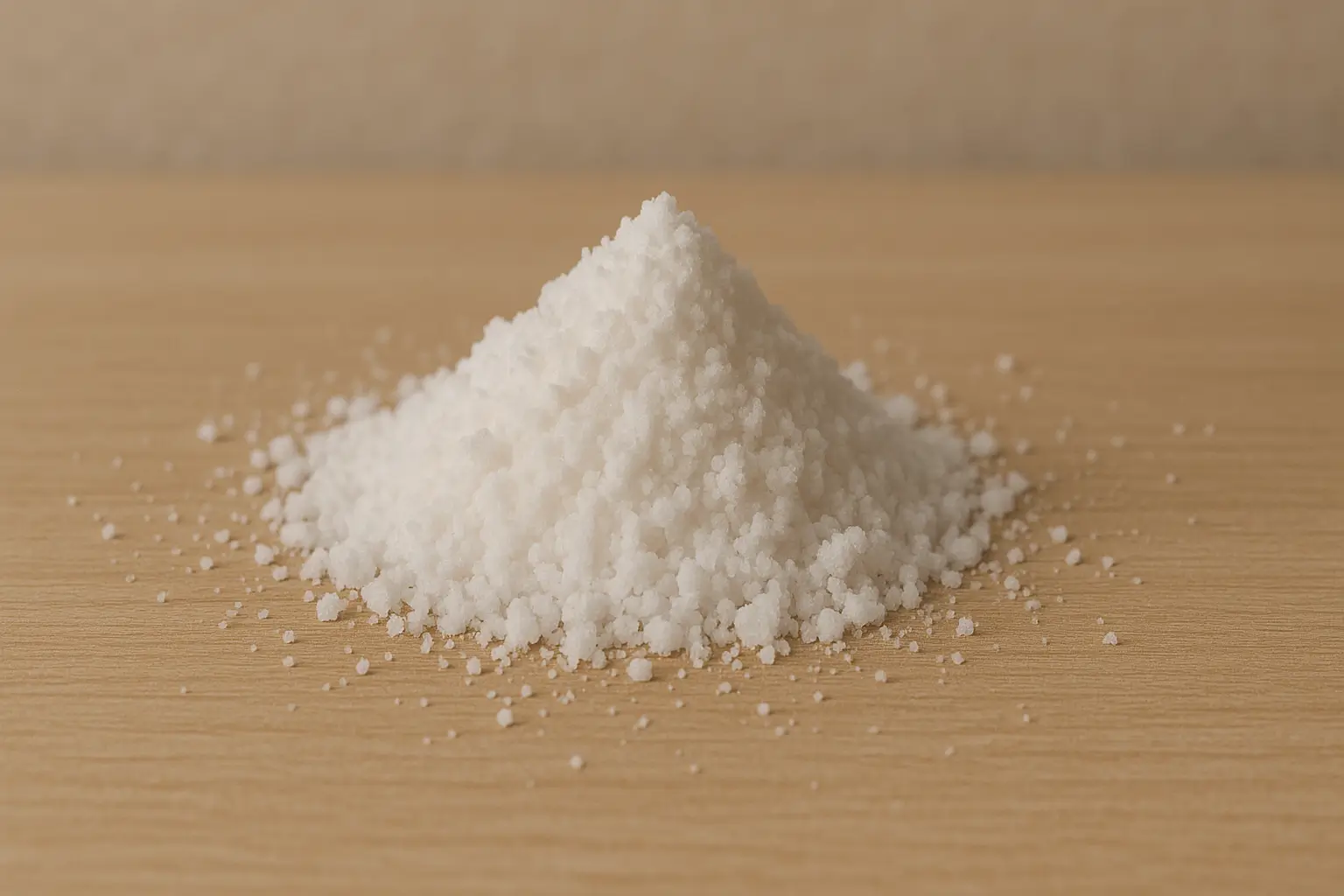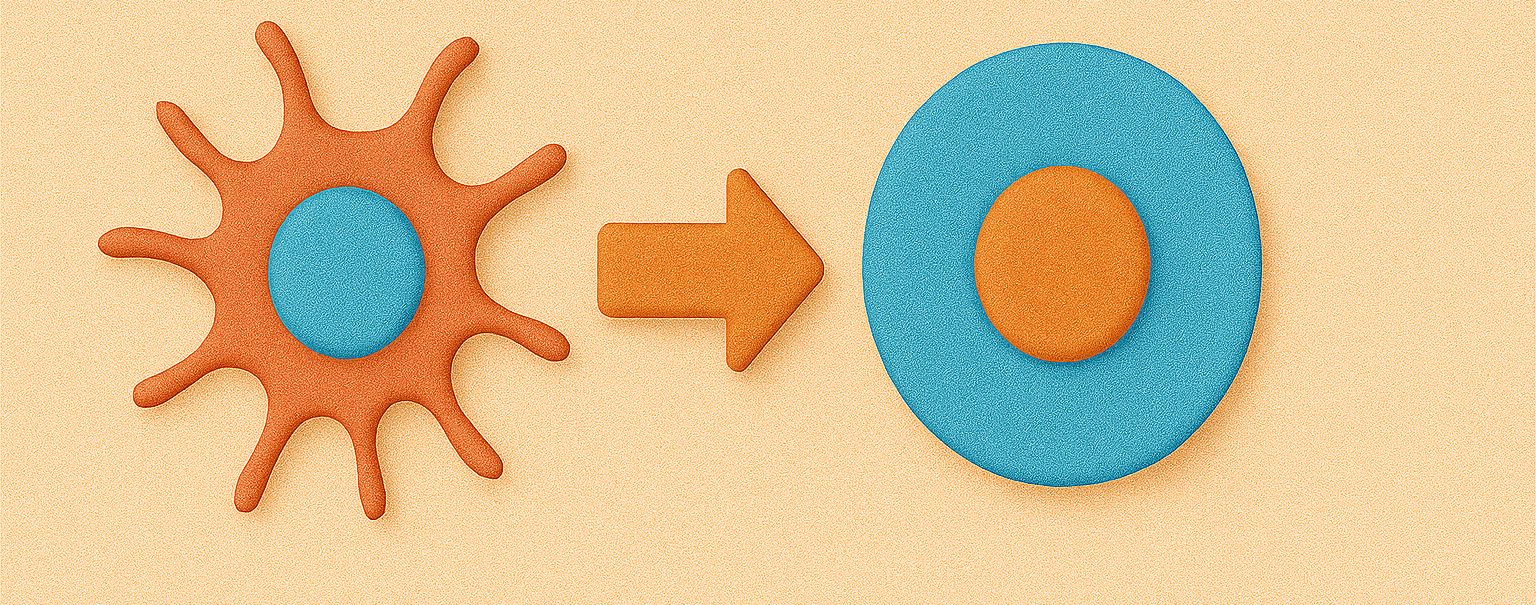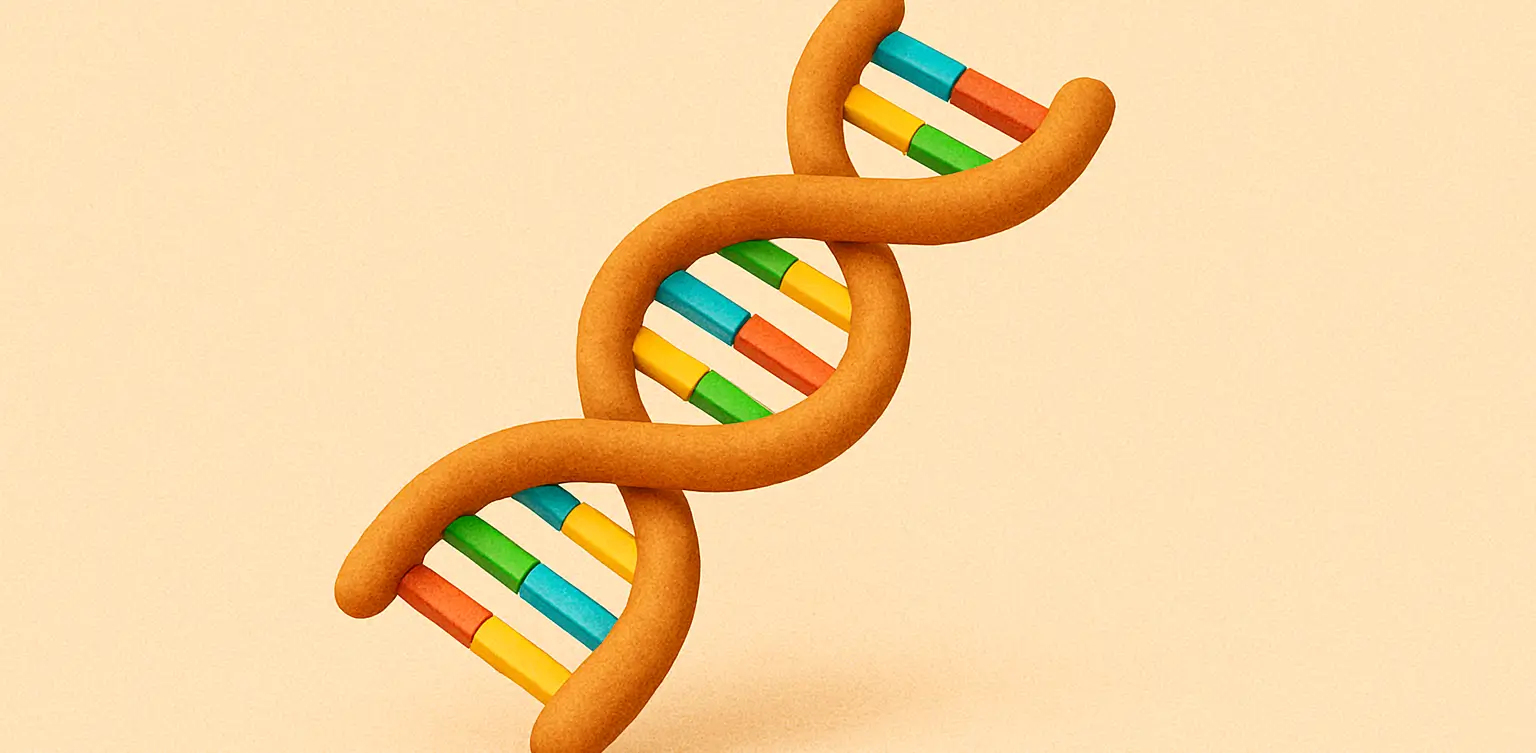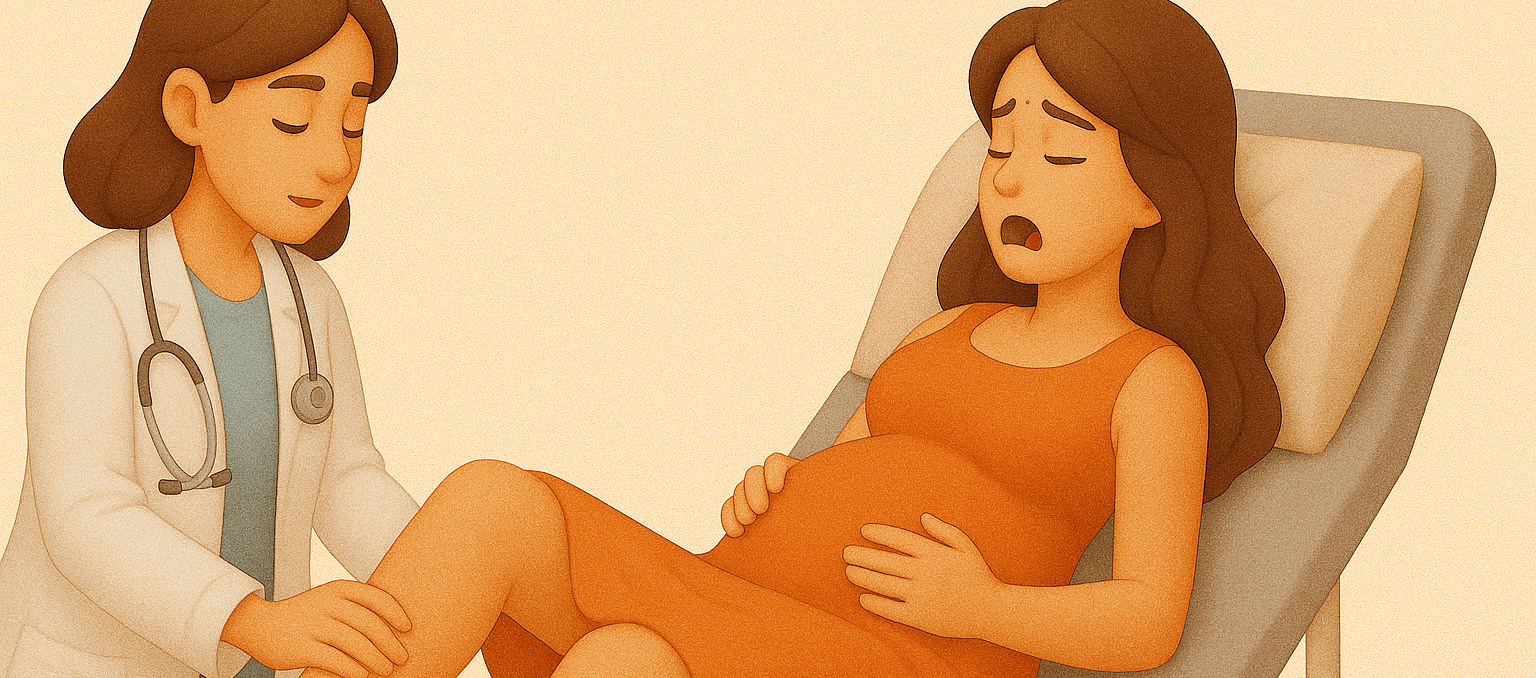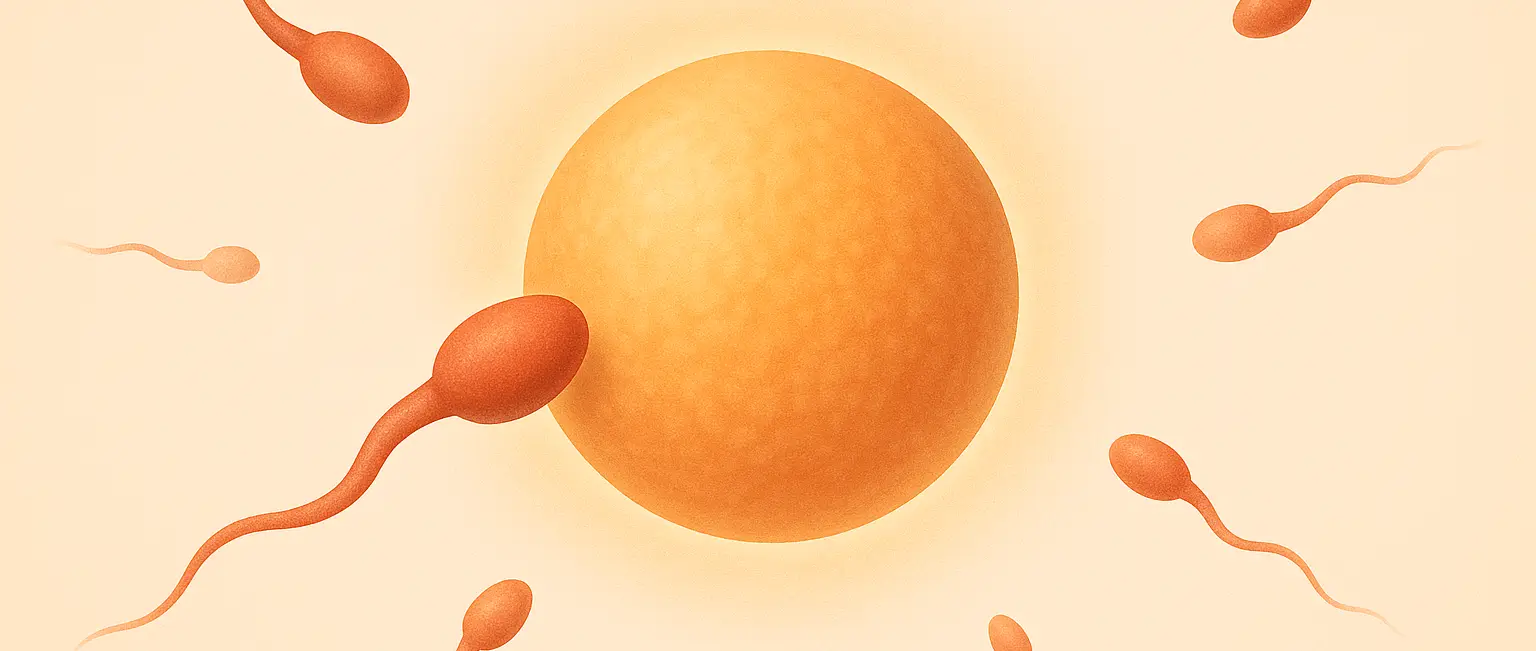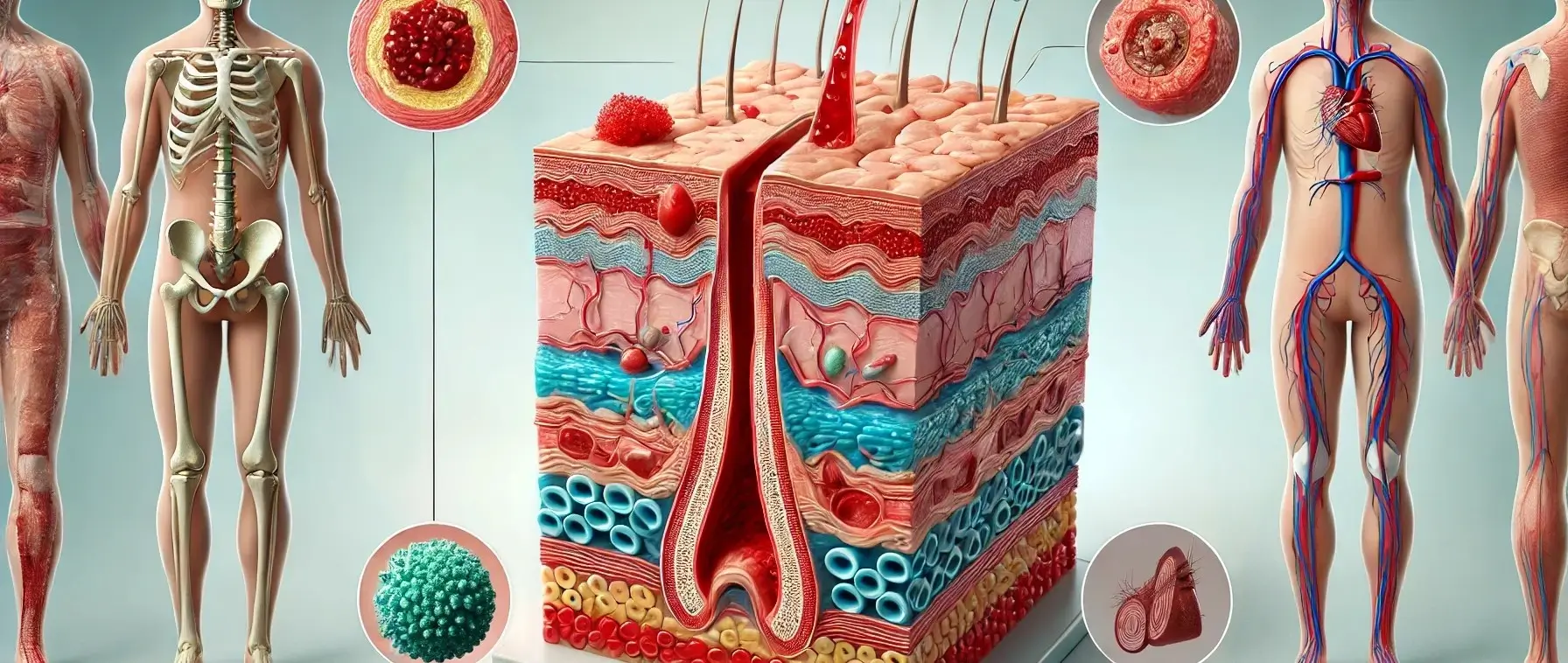Potassium iodide (KI)
Preparation of Potassium iodide: Potassium iodide can be prepared through the reaction of potassium hydroxide (KOH) with iodine (I₂). The chemical reaction is as follows: Properties Potassium iodide: Physical Appearance: White crystalline solid. Solubility: Soluble in water, with a slightly bitter, saline taste. Nature: Ionic compound. Melting Point: 681°C (1258°F). Stability: Relatively stable but can … Read more

